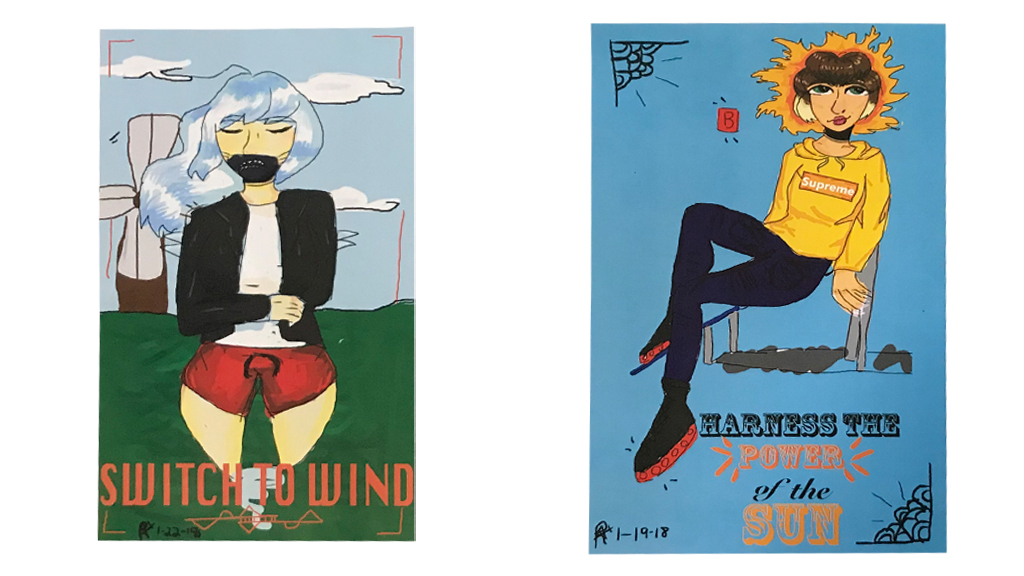Brief
Taking Action in STEM Learning
Connected Science Learning July–September 2020 (Volume 2, Issue 3)
By Erica Ahlgren and Mallory Tuominen

In our rapidly changing world, preparing students to be engaged citizens and collaborative problem solvers is essential. World Savvy’s Knowledge to Action (K2A) design process supports students in developing skills necessary for the 21st-century workforce and provides the opportunity for students to take action in their local—and sometimes global—communities. Taking action is the final stage of the K2A process and builds from the prototype stage where students create a rough draft that is a potential solution to an issue. Taking action on issues of importance to students brings relevance to the learning experience and leads to deeper engagement. Higher engagement is associated with positive academic outcomes, including achievement and persistence in schools (Center for Mental Health in Schools 2008).
Action taking in a classroom or out-of-school program setting can take many forms. Students might take political action by presenting a solution that includes a letter writing campaign to local or state government officials. In one World Savvy school, students took action by speaking at a school board meeting on the topic of reimagining school boundary lines. Another World Savvy school saw students create propaganda-esque art aimed at raising awareness around renewable energy. Yet another World Savvy school saw students examine the challenges of community food accessibility with students building community gardens on their school grounds. All of these projects had students developing deep background knowledge on an issue of importance, engaging with stakeholders to more deeply understand the impact of the issue across communities, analyzing root causes of the issue, and brainstorming and prototyping potential solutions to move toward action.

Students have the opportunity to develop several critical skills when prompted to take action. Not only are they discovering important standards-aligned STEAM content, but they are also developing critical-thinking skills by analyzing solutions and their connection to root causes. Students learn to embrace complexity as they unpack multiple perspectives on a given issue and work to design a solution that meets the needs of all stakeholders. Students also learn to take risks and think creatively as they think outside the box to solve complex issues.
There are many ways STEAM educators can create a classroom environment that promotes action taking. Providing students with projects that are guided by open-ended questions will foster deeper learning as students examine multiple perspectives on a given topic. Projects that are focused in a way that affords students the opportunity to make connections between local and global issues supports students in developing an understanding of the complexity of the issues they face.
Having the opportunity to take action on an issue of relevance to students is an integral part of today’s learning process. Empowering students to recognize their agency in local and global communities will lead to more engaged civic leaders today and in the future.
Read more about World Savvy’s Knowledge to Action process in other briefs in this issue, “Empathy in Action” and “Prototyping Builds Resiliency.”
Erica Ahlgren, PhD (erica@worldsavvy.org) is a professional learning facilitator at World Savvy in Minneapolis, Minnesota. Mallory Tuominen (mallory@worldsavvy.org) is the director of professional learning at World Savvy in Minneapolis, Minnesota.
citation: Ahlgren, E., and M. Tuominen. 2020. Taking action in STEM learning. Connected Science Learning 2 (3). https://www.nsta.org/connected-science-learning/connected-science-learning-july-september-2020/taking-action-stem
Curriculum Inquiry STEM Teaching Strategies Middle School Elementary High School Informal Education


